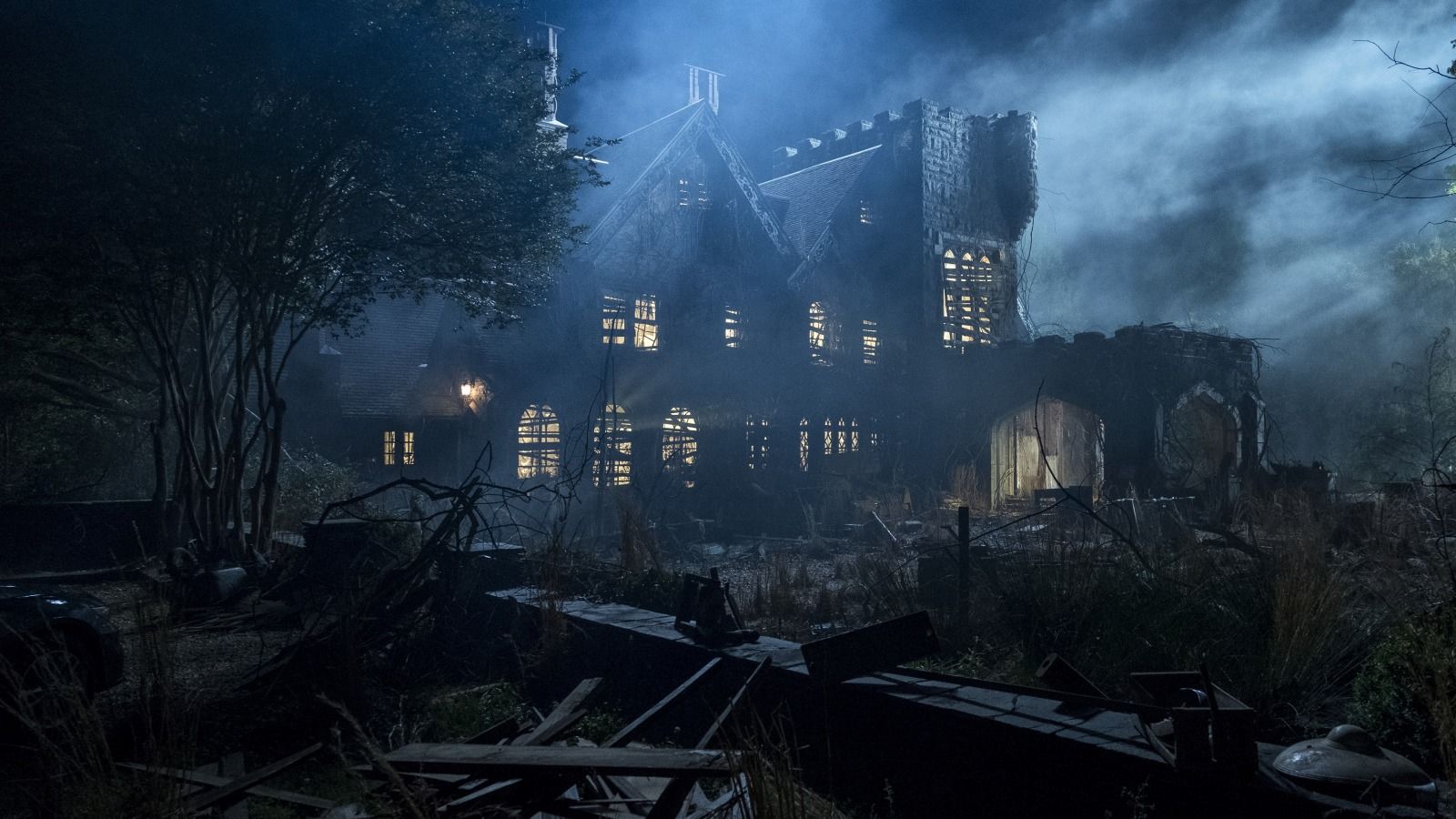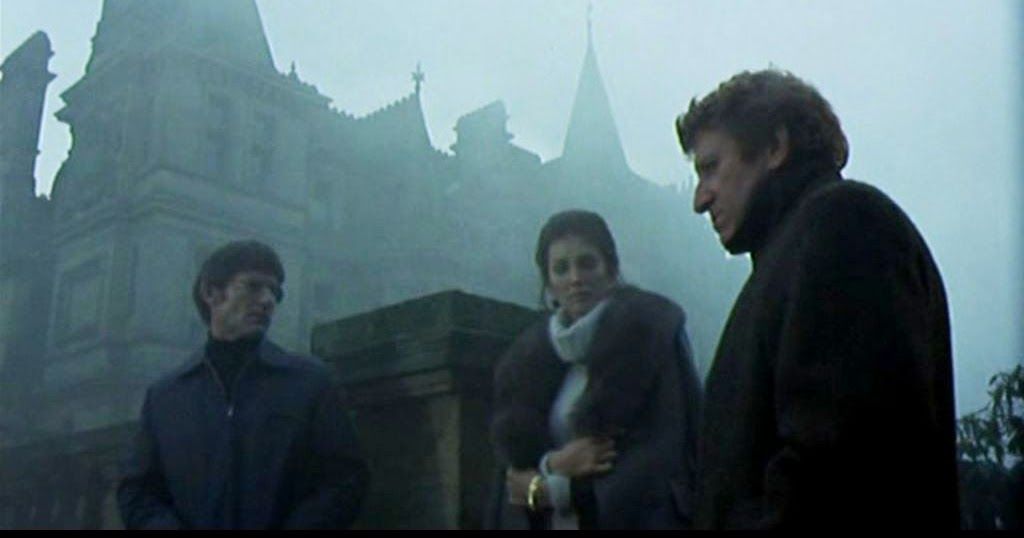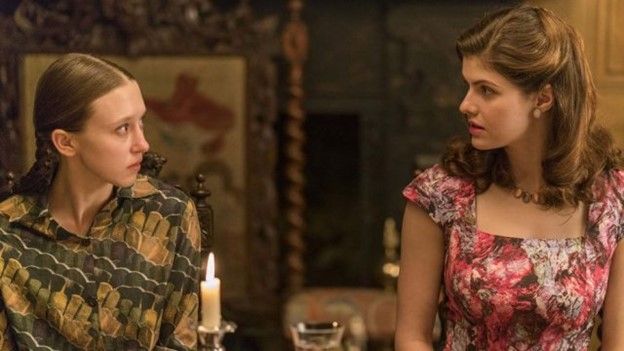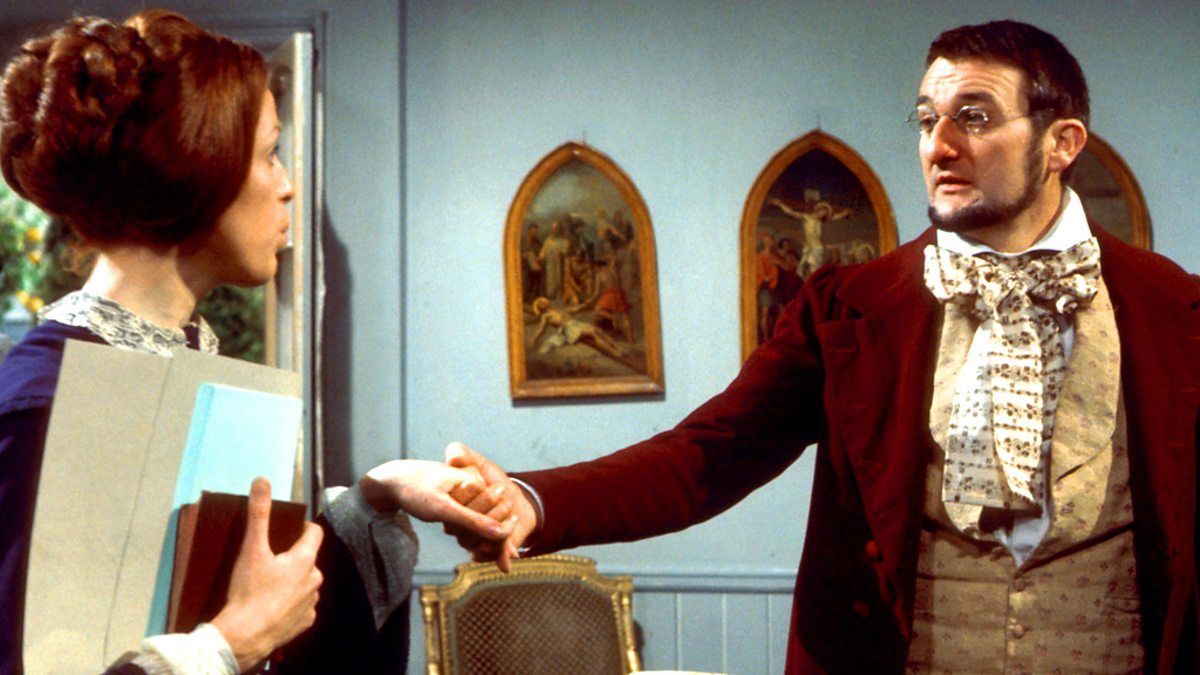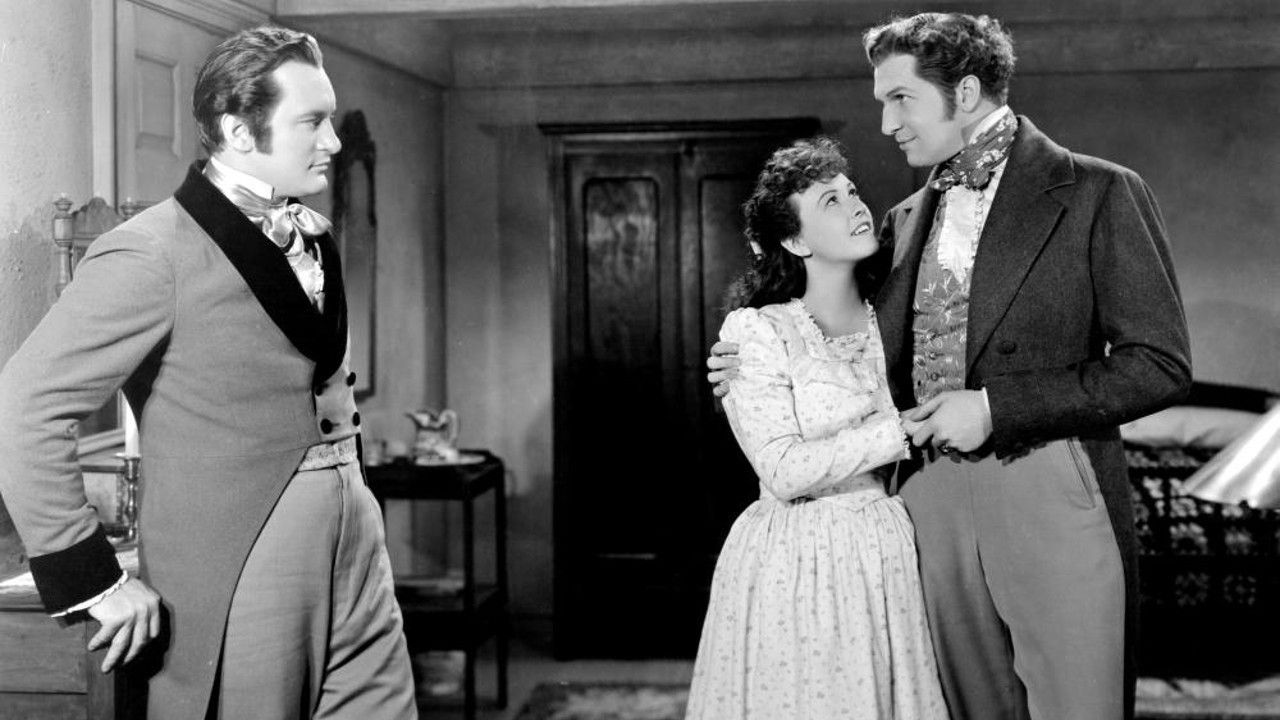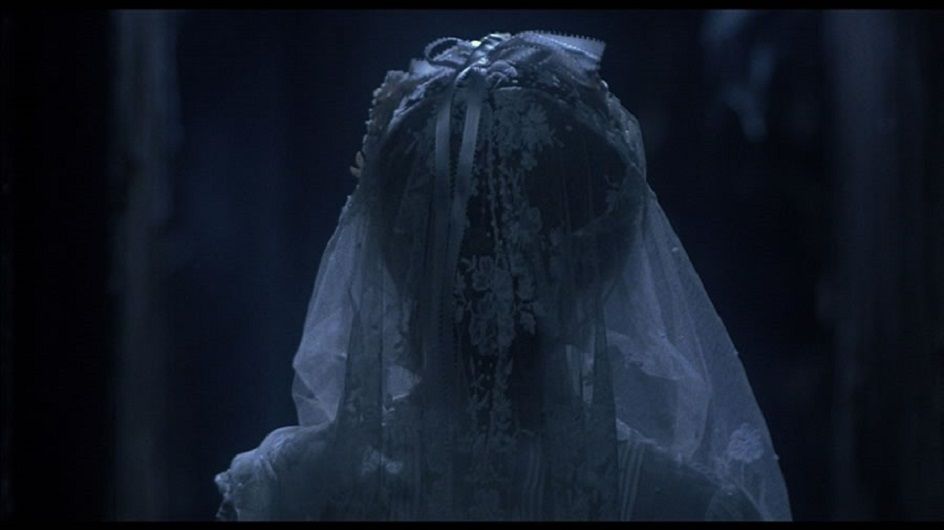Mike Flanagan has made himself one of the biggest names when it comes to Netflix content. Not only that, but he has also made himself into a big name in horror. He arguably doesn’t get the credit he deserves for his contributions to the genre. Films like Oculus and Ouija: Origin of Evil easily could have been copy-and-paste ghost stories made during a period where films tried to rip off a much better movie. Still, he made both into standout nail-biters that defined his style and creativity. He recently made and released Midnight Mass, a spine-tingling limited series that has been a dream project of his for years that has since been showered in praise. He’s not done yet, either. He currently has a new limited series in post-production and is currently working on adapting a famous Edgar Allen Poe story into the same format, a story that fans clamored for to be the third season of his first anthology series.
Flanagan himself is unsure if and when there will be a third installment in The Haunting anthology series, which consists of The Haunting of Hill House (2018) and The Haunting of Bly Manor (2020), but he is not ruling out the possibility. The popular series updates and riffs on classic ghost stories and utilizes malevolent spirits and entities as manifestations of human trauma and regrets. A third season of the show would need to reinforce these ideas for the director/producer to return. He doesn’t currently believe there to be any classic stories that would fit with Hill House and Bly Manor, but it may just be that he is yet to discover one that agrees with his narrative. As such, here are five spine-tinglging ghost stories that would be perfect for a third season in The Haunting anthology.
5 Hell House by Richard Matheson
This contemporary take on the haunted house sees a rich spiritualism vs. science story full of enough storytelling potential to fill a ten-episode quota. As the story goes, a wealthy magazine and newspaper publisher named Rolf Rudolph Deutsch awaits his impending death and begins to ponder the concept of his fate. He gathers a team of two mediums (one physical and the other mental) and a physicist and offers a $100,000 reward to each if they can establish the facts of life after death. The trio travels to the Belasco House in Maine, a residence long abandoned and sealed since the late 1940s, where they will spend a night researching the supernatural as it pertains to the afterlife. Those who live closest to the estate have dubbed the place "Hell House." If walls could tell stories, those of this house would speak tales of debauchery, alcoholism, and drug addiction. With mixed opinions on the concept of the afterlife, the three will take on this task for the chance of riches, but they will learn just how Hell House earned its name in the process. With unique character and themes based on science and spiritualism and a hand deep into the gothic themes Flanagan has become known for, this Matheson classic would be great for the third season of the hit Netflix series.
4 We Have Always Lived In The Castle by Shirley Jackson
Having already adapted the Shirley Jackson novel The Haunting of Hill House, this classic may not be unfamiliar territory for Flanagan. Jackson is known for her gothic horror stories in odd and peculiar locations. The story of this particular novel follows the Blackwood family from the point of view of Mary Katherine "Merricat" Blackwood. Other primary characters include her older sister Constance, an agoraphobe arrested and acquitted of murder, though the local townspeople still believe she's guilty, and their eccentric wheelchair-bound uncle Julian. Together they live in isolation in the family estate, not having left the house in 6 years. The story jumps between two times periods: the first is the main story; the second follows the mysterious deaths of three Blackwoods family members. With gothic themes, dark secrets, a unique family dynamic, and a haunting presence, this story already has everything Mike Flanagan could want in a new haunting season. The novel itself is relatively short, but so is Jackson's Haunting of Hill house. Flanagan can tweak the story as much as he likes to cover a full-season order. Jackson's characters are known for being far more nuanced to a degree that an expansion of her story is necessary to capture them fully.
3 Villette by Charlotte Bronte
Flanagan referred to this story by Charlotte Bronte in The Haunting of Bly Manor. This novel follows a woman who takes up residence in an eerie England boarding school for girls as a live-in nanny. Upon arriving at the school, Lucy Snowe starts to uncover the haunting nature of this mysterious place. She also begins a relationship with a man named Paul Emmanuel but soon finds herself tormented by his ex-lover's spirit. This is already the kind of story Flanagan goes for in a setting made for a good haunting. There are plenty of exciting opportunities with Bronte's work to explore the gothic subgenre's use of romance and paranormal themes. We have also already seen Flanagan set a story in a unique time period, and he would know how to nail a tale in the mid-1800s.
2 The House of Seven Gables by Nathaniel Hawthorne
Nathaniel Hawthorne, the author of The Scarlet Letter, also dipped his pen into the horror genre with The House of Seven Gables. As one of several stories about the state of Massachusetts the practices of witchcraft, this gothic horror set in the mid-nineteenth century revolves around a house whose history is severely impacted by the Salem witch trials. As the story progresses, the reader discovers that the house was beset with a course that ensures the demise of any and all residents. What makes this story interesting is that Hawthorne purposely gave the house human-like characteristics as opposed to creating a home that simply had a ghost in it. In this way, it is more like a character in the story. Something like this would allow Flanagan to turn the setting into more than just a place where things occur, but rather a location that makes the horrors for those inside.
1 Ghost Story by Peter Straub
A season of The Haunting based on this famous Peter Straub novel would, in a way, be a redemption from the awful 1981 film adaptation. It would also be different from the previous two seasons in that it wouldn't be centered in a house but in a town and around a club of wealthy gentlemen with a dark secret that reemerges after being hidden for decades. Like Hill House, this 1979 novel is told from multiple perspectives as five protagonists reconvene in their old age in upstate New York to regale one another with ghost stories. To their detriment, their lives become the subject of one as the spirit of a woman they accidentally murdered in their youth has returned to claim her revenge for their grave mistake. The film adaptation left out a lot of crucial details that made the story the blood-chilling masterpiece, proving that not all books are made for the big screen. The lengthy novel would work much better in anthology form as it explores the elderly storytellers shared guilt from their younger years to the present and the ramifications of their deed on their offspring. Ghost Story could be the perfect installment into Mike Flanagan's popular anthology series, should he choose to continue it.

